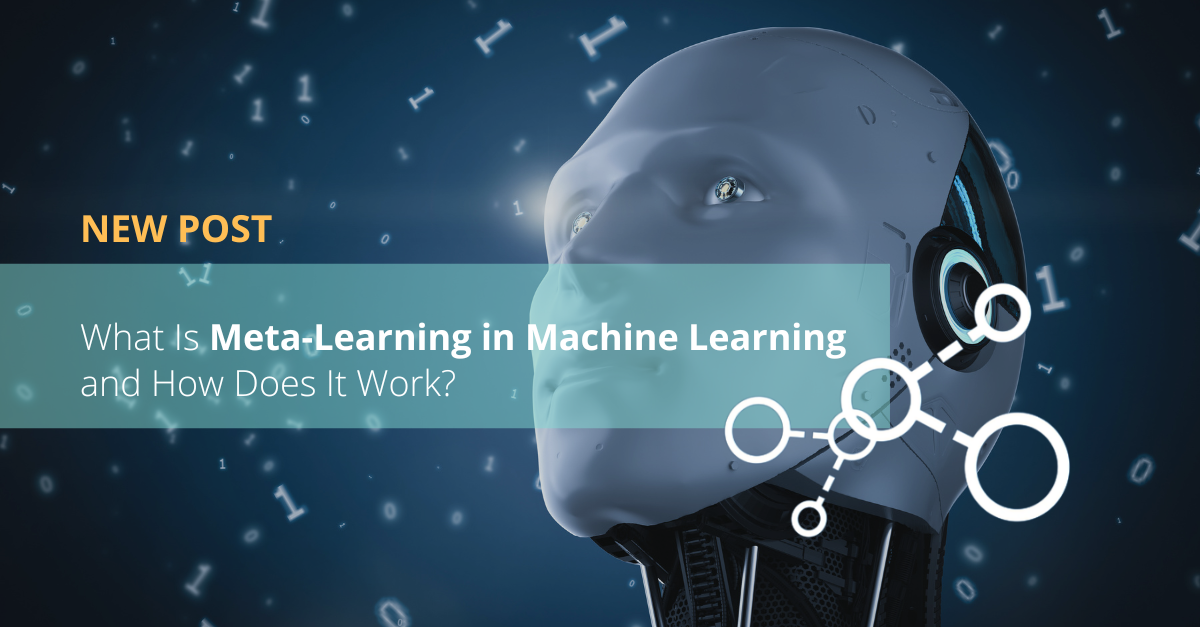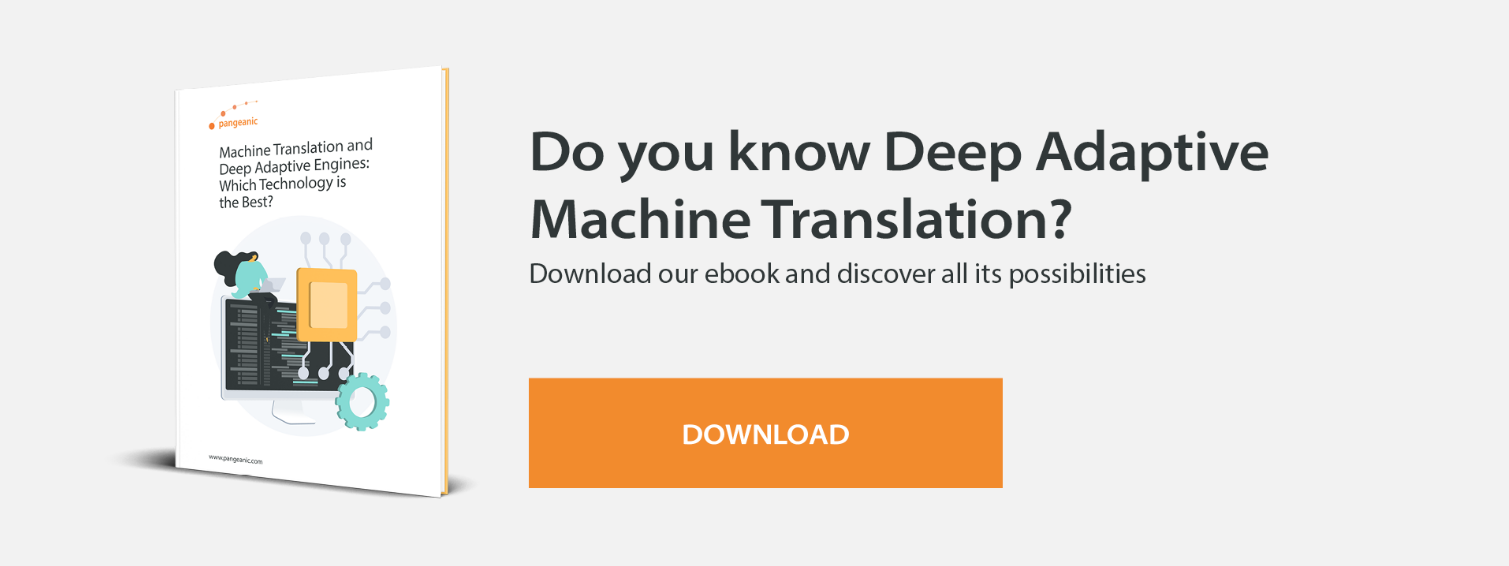
Conventional AI-based models aim to solve a given task from scratch by training and using a fine-tuned learning algorithm, but meta-learning seeks to improve that same learning algorithm, through various learning methods.
Thus, meta-learning is a paradigm that allows for the generalization problems and other challenges in deep learning to be addressed.
What does meta-learning mean?
Meta-learning, or learning to learn, is a term that conceptualizes the ability to learn about the learning process itself. That is to say, studying and learning the path that is taken during the learning process.
When this is applied to machine learning, the term meta-learning relates to the capacity that an Artificial Intelligence (AI) system possesses to learn to perform different complex tasks. To do so, it uses the principles it learned for a particular task to perform other, different tasks.
Related article:
What are the benefits? Meta-learning methods allow algorithms to undergo meta-learning to be trained to generalize learning techniques, which helps them to quickly acquire new capabilities.
Therefore, we can say that:
-
Meta-learning is a science that looks at how various machine learning methods operate on a wide range of tasks, in order to learn from these processes and learn to develop new abilities quickly.
Part of this is described in the research paper "Meta-Learning in Neural Networks: A Survey," published by the University of Edinburgh.
How does meta-learning work in machine learning?
It is well-known that machine learning algorithms require training using data to create a model that will subsequently be used to predict outputs.
Meta-learning algorithms improve the learning process. This means that meta-learning in machine learning operates in a different layer to machine learning.
Why?
-
A machine learning algorithm learns how best to use the information provided by the data to make predictions (outputs).
-
A meta-algorithm also makes predictions, but for this it works on a higher level and learns to better employ the predictions or results of machine learning algorithms.
Related article:
Human-in-the-loop (HITL); making the most of human and machine intelligence
Types and examples of meta-learning
The function of meta-learning, which consists of learning to learn in order to master different tasks and learn new skills quickly, can be modeled using different approaches:
Few-shot learning
Few-shot learning aims to train models in such a way that they quickly learn a new task, but don't use many samples of existing tasks. 
One application of this model is creating techniques for generative models (such as models trained with image sets) and constructing memory-augmented neural networks for one-shot learning tasks.
More information:
In this approach, a model is trained on a variety of sample tasks, while meta-learning is used to simultaneously train the model to learn, in addition to learning the initial tasks and updating rules. But it is an approach that may be biased, and the model may over-perform for some tasks.
Agnostic meta-learning models for quick adaptation of deep neural networks
To address this problem, an agnostic meta-learning model is employed to quickly adapt neural networks. This is an algorithm whose update rule for meta-learning is based on the classical method of gradient descent. 
The agnostic meta-learning model allows for the parameters of a model to be optimally trained, in a way that achieves fast learning and good generalization performance with only a few gradient updates and a small amount of data.
Did you know that Pangeanic can label image and video data in order to train object recognition systems?
Meta-learning optimization
Optimizing meta-learning improves the performance of a given neural network (called the base neural network), by adjusting the hyperparameters of another neural network (a topic also discussed in the research paper "Meta-Learning in Neural Networks: A Survey").
Using a network to optimize the results of the gradient descent algorithm is an example of meta-learning optimization.
Metric meta-learning
The metric meta-learning method aims to use a specific metric space, in which the learning process will be more efficient. Basically, neural networks are used to evaluate the quality of learning by determining the effective use of a metric and verifying whether the networks achieve the desired metric.
Meta algorithms employing this method learn the metric space by training with a small number of samples.
Recurrent model meta-learning
Recurrent model meta-learning is the method applied to recurrent neural networks and short-term memory networks. It basically processes sequential data, in which chronological order is important.
Regular neural networks allow the construction of sophisticated systems for Natural Language Processing. These networks have the ability to examine data and learn patterns of relevance, in order to apply these patterns to other data and classify it.
Recurrent neural networks are based on this same principle but are trained to handle sequential data and provide an internal memory. They are called recurrent because the input and output are repeated. When the output is produced, it is copied and, again, returned to the network as input.
Meanwhile, short-term memory networks are improved versions of the recurrent ones and interpret data through superior methods.
Meta-learning for Natural Language Processing
Natural Language Processing mainly uses deep learning. However, meta-learning (an emerging area within machine learning) offers several approaches to improve algorithms, especially in aspects required by NLP, such as generalization and data efficiency.
Example: meta-learning and ChatGPT
ChatGPT is a language model with the ability to develop a meta-learning method. It is a model trained for a general task, in which users discover new applications. ChatGPT interacts with users, understands their prompts, and generates answers in natural language.
ChatGPT performs mainly in areas such as text generation, prediction of mathematical operations, and programming language writing.
Meta-learning in Machine Translation

Thanks to meta-learning, Machine Translation has made great progress and achieved high-quality results. Currently, machines possess the ability to learn by themselves. They can collect data, analyze the samples and recognize patterns of behavior, yielding predictive analytics as well.
One of the most obvious examples is Google Translate. A tool that, in addition to translating word for word, can also analyze behavioral patterns and contextualize a specific word.
Meta-learning and data for AI with Pangeanic
Pangeanic is your perfect partner when it comes to meta-learning and data for AI. We have a repository of over 10 billion data segments in more than 90 languages, so we can offer customized data sets for the optimal training of your AI.
Contact us, and at Pangeniac, we will provide the fuel for your machine-learning algorithm.





